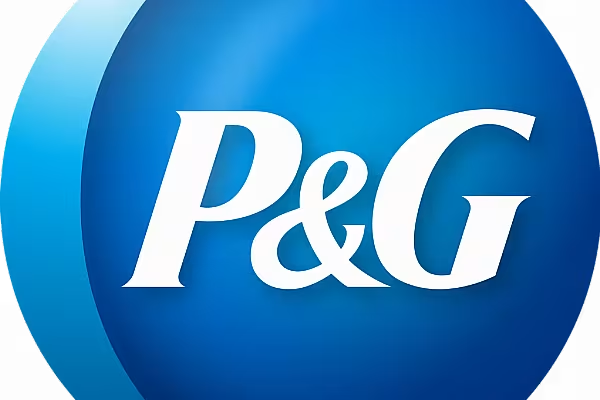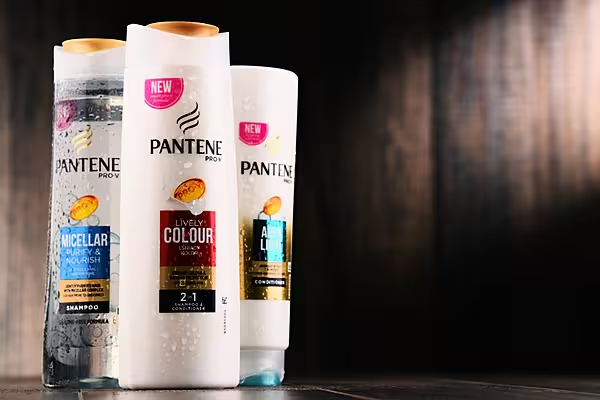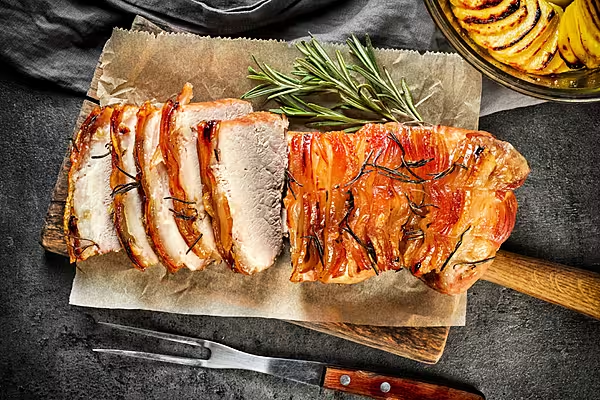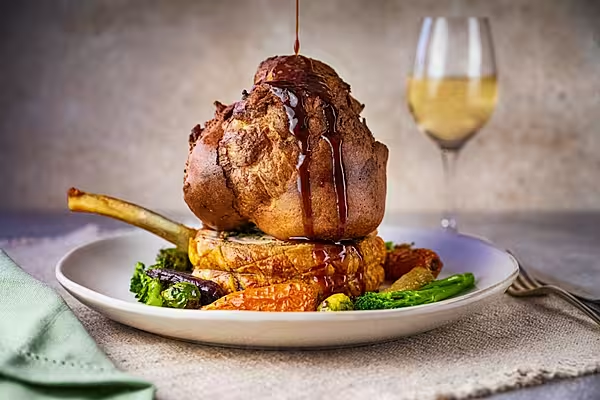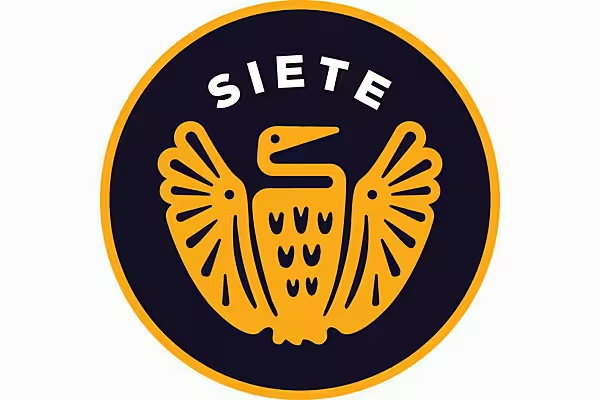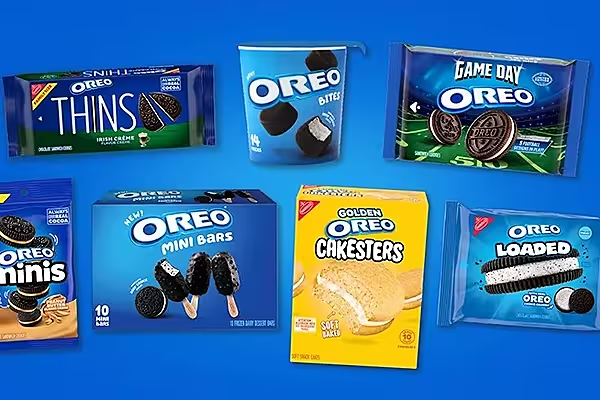Procter & Gamble Co., the world’s largest consumer-products company, posted fourth-quarter profit that topped analysts’ estimates, helped by rising sales in its health-care division and continued cost cuts.
Profit was 79 cents a share, excluding some items, in the period ended June 30, Cincinnati-based P&G said in a statement Tuesday. Analysts estimated 74 cents, on average. While revenue fell 2.7 percent to $16.1 billion, that topped analysts’ $15.8 billion average projection.
The results underscore that David Taylor, less than a year into his tenure as chief executive officer, is steering a smaller, lower-cost version of the consumer-products giant than existed just a few years ago. While the company has struggled to boost revenue consistently, Taylor’s predecessor, A.G. Lafley, slimmed down P&G by cutting expenses and selling off underperforming divisions. Taylor has followed Lafley’s productivity initiatives with his own $10 billion cost-cutting program, which he says will make P&G a nimbler competitor.
The shares rose 0.3 percent to $86.64 at 7:37 a.m. in early trading in New York. P&G had gained 8.8 percent this year through Monday.
Health Care
Sales in the health-care division, which sells Vicks NyQuil cold medicine and Oral B electric toothbrushes, rose about 6 percent to $1.8 billion last quarter. Net revenue also gained in the grooming unit, which makes Gillette razors and shaving gels, but declined in the company’s other divisions.
P&G forecast that revenue in the current fiscal year will rise about 1 percent. That would equate to sales of almost $66 billion, roughly matching analysts’ average estimate. Core earnings per share -- which excludes restructuring charges and other items -- will increase by a mid-single-digit percentage rate from last year’s $3.67 a share, P&G said. Analysts project profit by that measure will increase to $3.97, which would be a roughly 8 percent gain.
Taylor, who joined P&G as a production manager in 1980, has said he’ll be open to making outside hires at a company known for promoting its own. He’ll also work to better align compensation with performance and seek to make P&G’s often premium-priced products more distinctive.
Slimmer company
When he took over in November, Taylor inherited a company that had shed dozens of slower-selling product lines, along with its pet-food and battery businesses. The smaller portfolio will allow P&G to focus on its main brands and invest savings from the cost-cutting programs into research and development, as well as marketing, Taylor has said.
While the increased investments may help, P&G needs to take other steps, in particular localizing more decision-making to get “much closer to the customer,” said Ali Dibadj, an analyst at Sanford C. Bernstein & Co.
“Innovation pipeline, price gaps being out of whack, all of those things can be improved by spending more money,” Dibadj said. “The big concern is: Can they fix the culture?”
News by Bloomberg, edited by ESM. To subscribe to ESM: The European Supermarket Magazine, click here.
